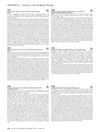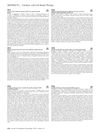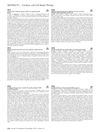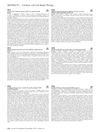Efficient Genome Editing Using CRISPR/Cas9 Ribonucleoprotein Approach in iPS Cells for Recessive Dystrophic Epidermolysis Bullosa
April 2019
in “
Journal of Investigative Dermatology
”
CRISPR/Cas9 ribonucleoprotein COL7A1 gene recessive dystrophic epidermolysis bullosa induced pluripotent stem cells homology-directed repair keratinocytes fibroblasts 3D skin constructs type VII collagen anchoring fibrils xeno-free reprogramming GMP certified Cas9 protein chemically modified synthetic guide RNA single-stranded DNA CRISPR RNP iPSCs HDR GMP Cas9 ssDNA
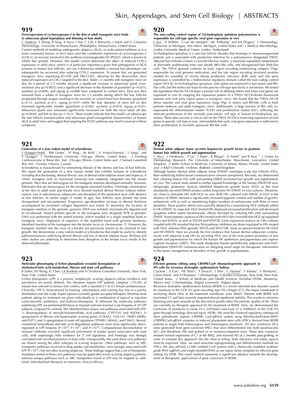
TLDR Researchers fixed gene mutations causing a skin disease in stem cells, which then improved skin grafts in mice.
In 2019, researchers successfully used CRISPR/Cas9 ribonucleoprotein (RNP) to correct mutations in the COL7A1 gene associated with recessive dystrophic epidermolysis bullosa (RDEB) in induced pluripotent stem cells (iPSCs) from patients. They focused on mutations in exons 19 and 32 and employed homology-directed repair (HDR). The corrected iPSCs were then differentiated into keratinocytes and fibroblasts, and used to create 3D skin constructs that were grafted onto mice. These grafts exhibited normal type VII collagen expression and restored anchoring fibrils after 2 months. The process utilized xeno-free reprogramming, a GMP certified Cas9 protein, chemically modified synthetic guide RNA, and single-stranded DNA as a repair template, enhancing the method's efficiency and safety for future clinical use.

